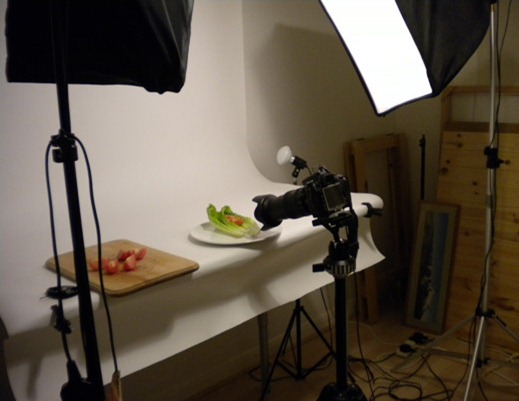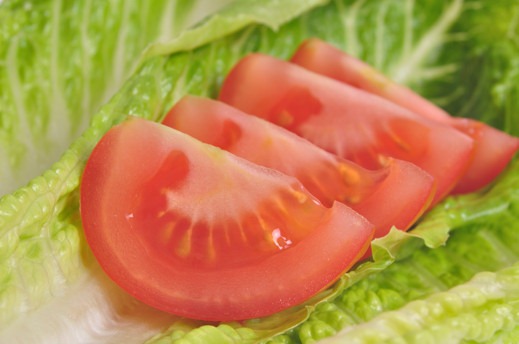Exercise: Colour Relationships
Objective:
1. To produce 3 photographs illustrating each of the complementary pairs of colours in the proportions: orange:blue 1:2, red:green 1:1, yellow violet 1:3.
2. To produce 3 or 4 photographs of colour combinations (two or more colours) that appeal to you, making notes about the effects of any imbalance.
For two photographs for part 1, I have used what I found indoors:
Orange:Blue
6392: 1/125s f13 200mm, studio flash, 60cm softbox 45º right
Yellow:Violet
6417: 1/125s 5.6 34mm
Section of a stained glass window in Portsmouth's Royal Garrison Church. I accept that this may be stretching the amount of violet but other than african violets or pansies this was the best I could find. I'll add another example if I find one.
Red:Green
6394: 1/125s f13 29mm, studio flash, 60cm softbox 45º right
Part 2
6430: 1/750s f5.6 200mm
I'm not sure how well my colour sense is developed. I don't seem to have any notion of colour clashes. I find a mixture of primary colours attractive as in this colourful crowd of canoeists on the Basingstoke Canal. All of the primary and secondary colours are here with the exception of the elusive violet. The overall green tone of the background and foreground mean that the warm primaries red and yellow really jump out. Visually, the tension seems to be to the left where the brighter tones are.
6413: 1/750s f5.6 200mm
The warm colours still give some tension in this image. If orange has a relative brightness of 8 compared to 6 for red and there is approximately only half the area of red flowers then there is again some movement towards the left in terms of colour.
6428: 1/125s f13 200mm back lit white paper with wide angle flash.
This has blue and its complementary orange with a second complementary, green. I find green and orange attractive with blue. In terms of warmth, the orange adds some balance to the cool of the blue and green.
6463: 1/350s f9.5 55mm
Colour accent is shown here with the cyclist's red T shirt against the predominant green tones of the scene.
6484: 1/125s f19 80mm macro lens
Orange red and green go well together, especially in food as shown by this colourful fruit salad.
What did I learn from the exercise? Both of the exercises so far in this section have made me aware of the role of the primary colours and their secondaries, their relative brightness and the ideal proportions in which the primary and its seconday appear to balance. With regard to colour clashes, I think I need to experiment more with different combinations of colours to see what works and what doesn't. I suspect that I will find that it will be the secondary and tertiary hues that cause the greatest inbalances.


















